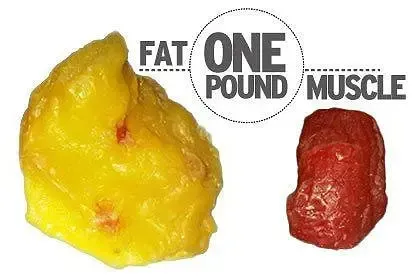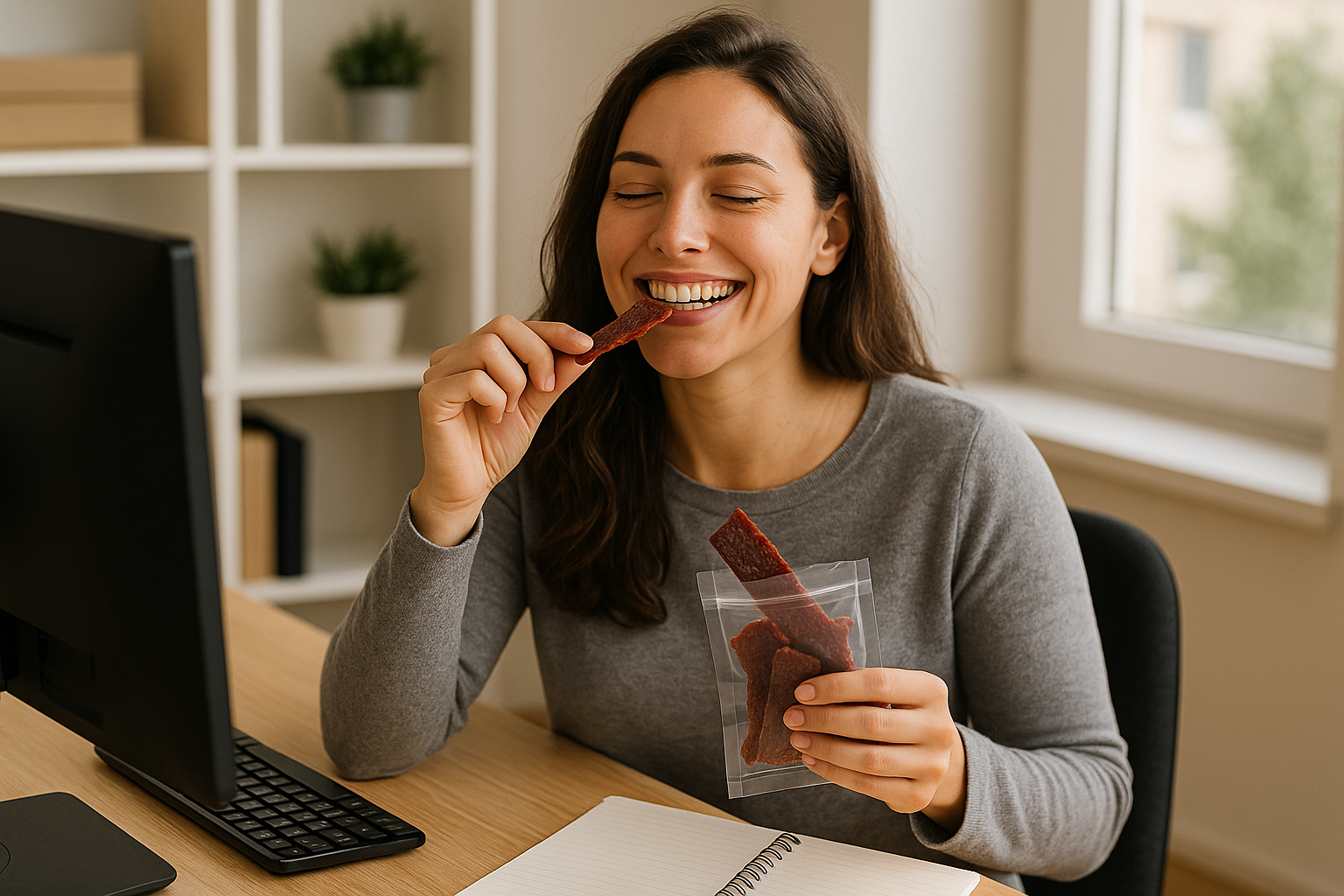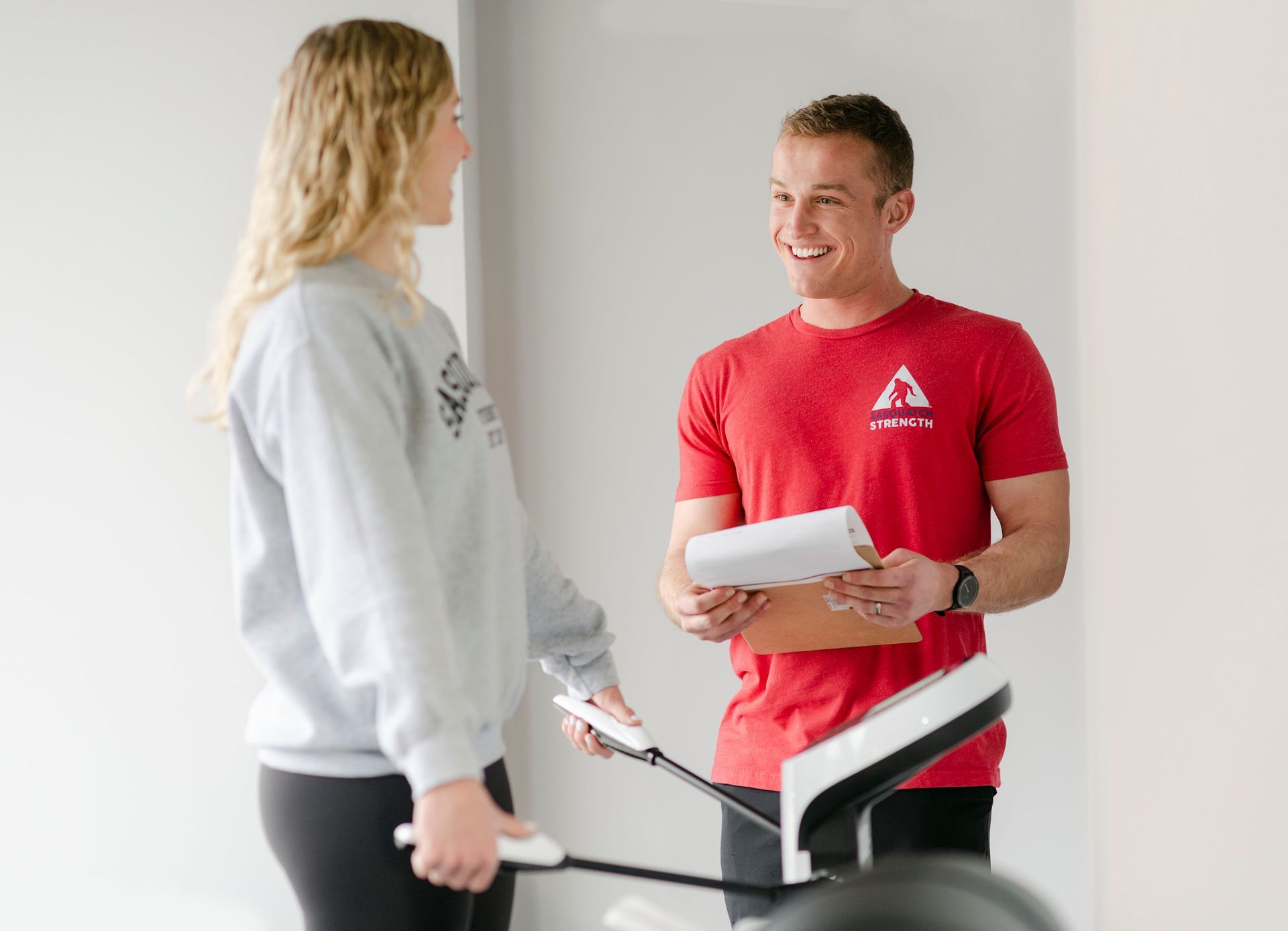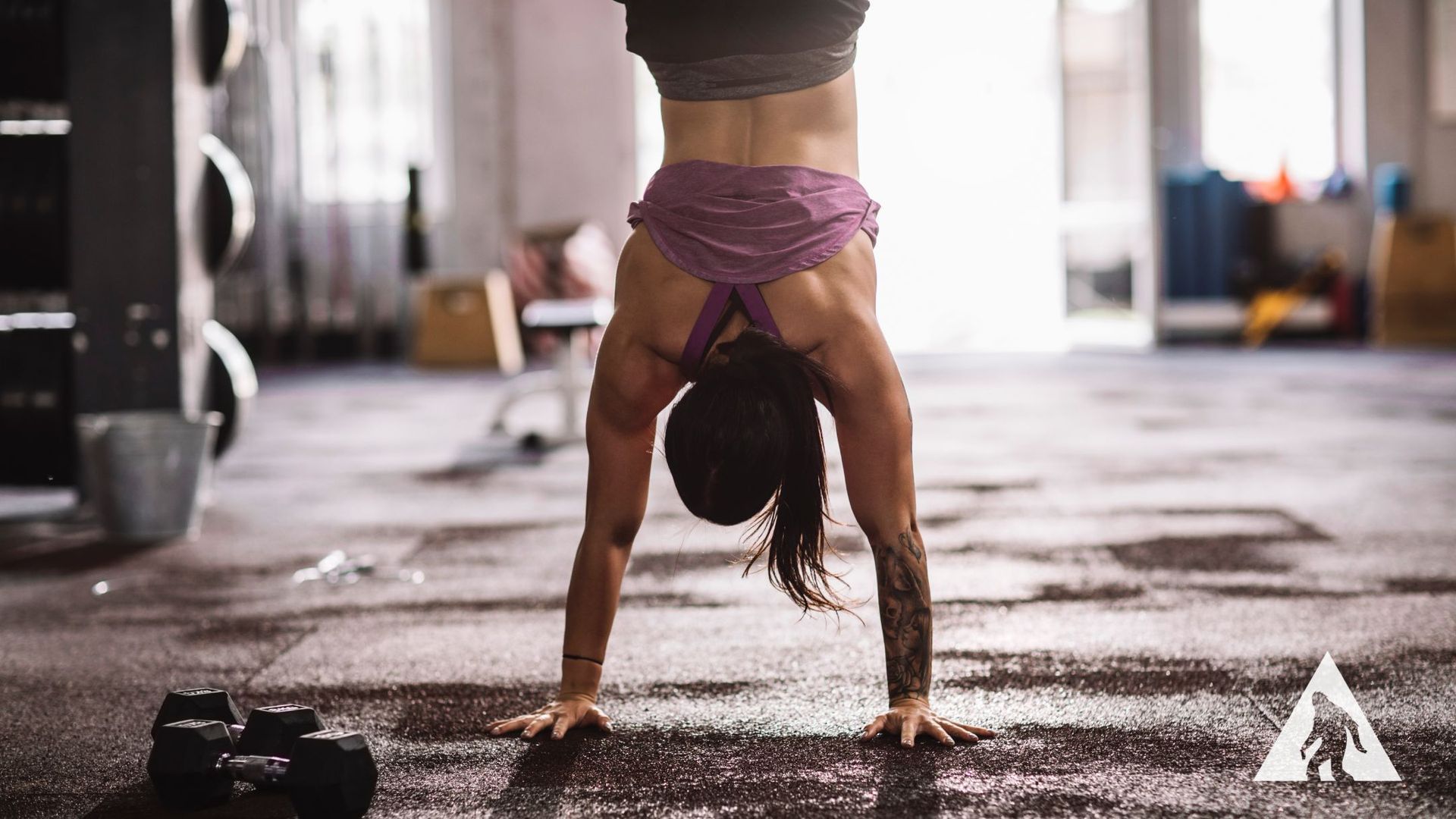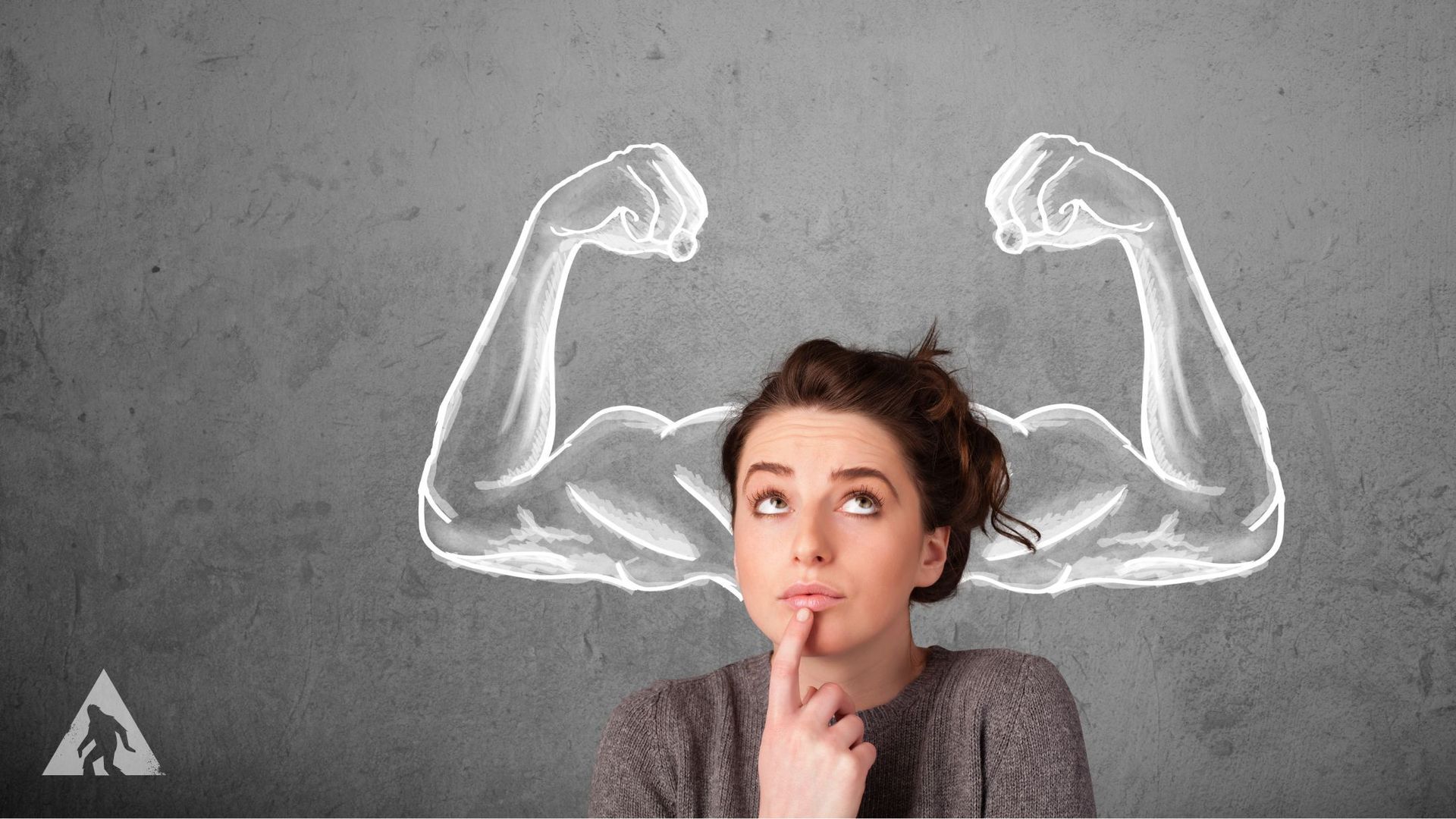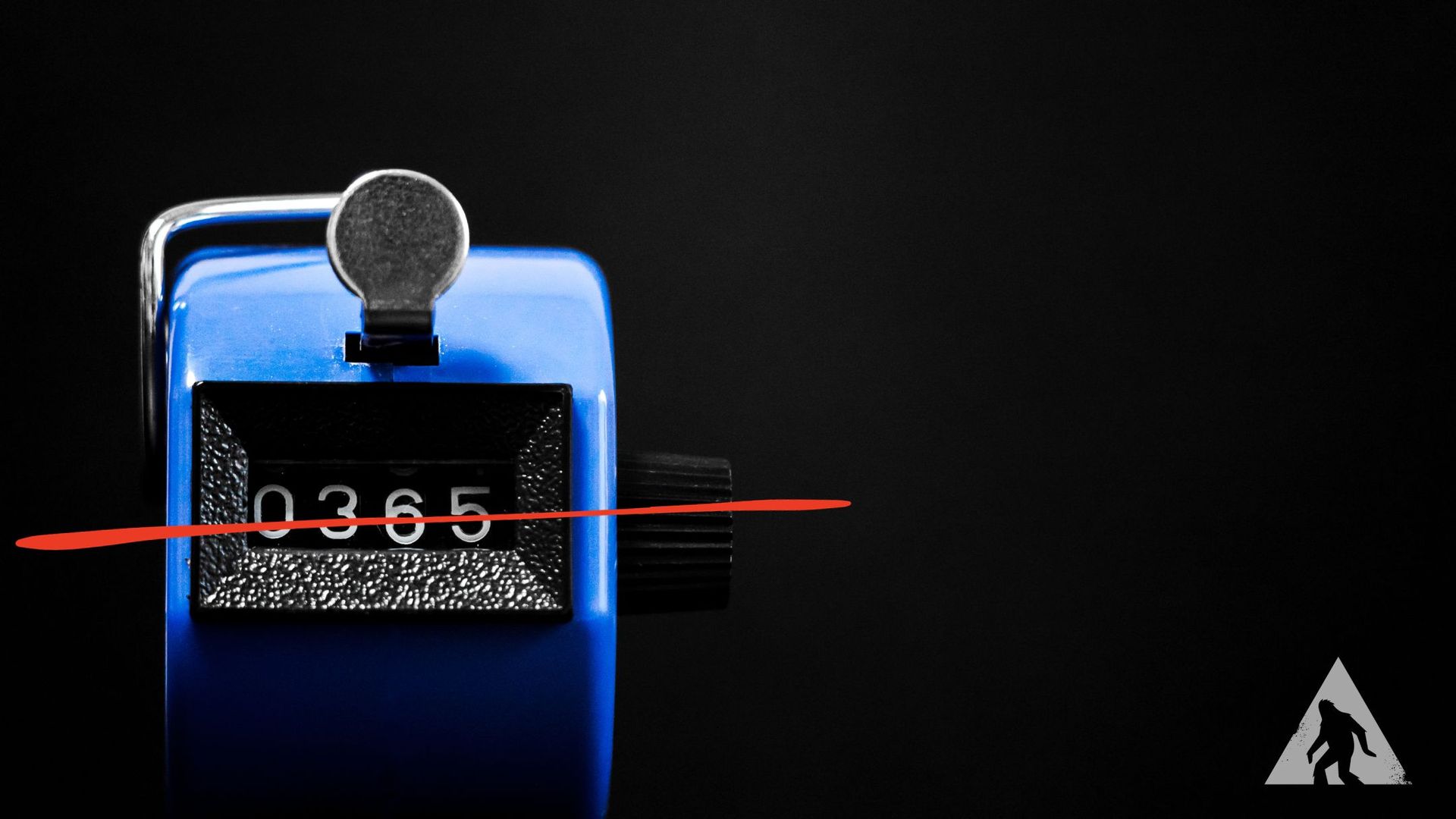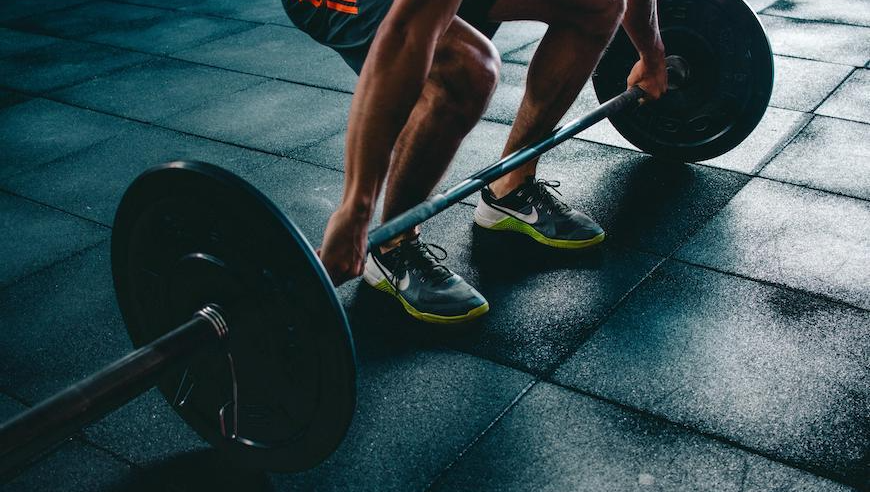
The Growth Trigger
By Coach Isaac Vaisberg
George is a pretty strong guy. He’s 5’10 and 170lbs soaking wet — a stud by all counts. Every day, George walks into the gym and quickly completes the following: 100 pull-ups, 100 push-ups, 100 sit-ups and 100 squats. He then wipes the sweat off his brow, chugs a protein shake, and leaves. He repeats this routine daily; week after week, month after month. George is strong, but he doesn’t seem to be getting any stronger. “The workouts are the same as they have always been,” he says in frustration. “Why have I stopped growing?!”
George answered his own question.
Remember in physics class when your teacher would have you memorize the definition of Newton’s Third Law? Well, it’s finally about to come in handy! Newton’s Third Law states that every action has an equal and opposite reaction.
Now, let’s apply that same formula to George: George’s body has become incredibly capable of handling the massive amount of reps that George throws at it. But herein lies the problem: as long as George continues to do that same workout, his body will stay the same.
Why? Because it doesn’t NEED to grow. His body is perfectly capable of the tasks that George gives it, and therefore it will remain the same. Think of it as muscle memory: as long as the level of demand remains at equilibrium with what his body can handle, there is no need for change.
So how can George progress? The answer is simple: he needs to trigger growth. Triggering growth is straightforward in theory, but can become incredibly complicated at a cellular level. For the sake of this article, let’s stick to theory — which is this: In order to force your body to grow, you need to put it up against stimulus it cannot handle.
Think back to your first workout. For me, it was the following: 1000m row, 50 thrusters at 45lbs, and 30 pull-ups. Up until this workout, I had never really pushed myself to my limits. I had always given it my all until I hit about 80% of my cap, and then paced for the rest. Well, after the 1000m row, it took every fiber of my physical being to keep thrusting that bar upwards and every shred of determination I had left to keep me from putting it down. A few minutes later, I was on the ground with my vision fading and struggling to find a position on the floor which didn’t hurt. It was AWFUL, and awesome at the same time.
And here’s the best part: You know what I did that day? I grew! I grew a lot . Every day after that I was able to push myself to that point, if not a little past it. Thrusters at 45lbs became easy; before I knew it, so did thrusters at 65lbs, 75lbs, 95lbs and 115lbs. (You get the idea.) Every time I leveled out, I increased the stimulus and forced my body to grow. There were days when I listened to my body and rested; there were days when I was not able to do more than the previous day. But if you pick a day in March of last year and compare it to a day in August, you bet your ass I was either doing more work in August — or at the very least, amping up the intensity.
Being complacent is easier than ever these days. We live in a society from which struggles have been almost completely removed. We don’t have to hunt or forage for our food, defend ourselves or our families from predators, or take ourselves where we need to go. We have supermarkets, fancy houses and cars — we don’t even have to drive ourselves anymore (right, Uber?!). All of the challenge, or stimulus if you will, that used to trigger growth in our bodies has faded. Unfortunately, this means the same things that would have made us stronger, faster, and healthier have now been replaced with things that make us lazier, slower and complacent. It’s almost too easy to fall victim to our way of life; remove all struggle and never grow.
I urge you to fight it! Take the few hours a week you spend at the gym and really challenge yourself. This means pushing yourself! The fact is, you really can do more than you think you can.
And this doesn’t always translate to more weight or more reps. It could be as simple as just performing these exercises faster and with more intensity in your breath. The most important thing to remember is, you’re doing this because it will make you better and trigger growth — both physically and mentally.
Remember: You’re only as strong as what you put yourself up against. In other words, the struggle is not only real — it’s worth it!
